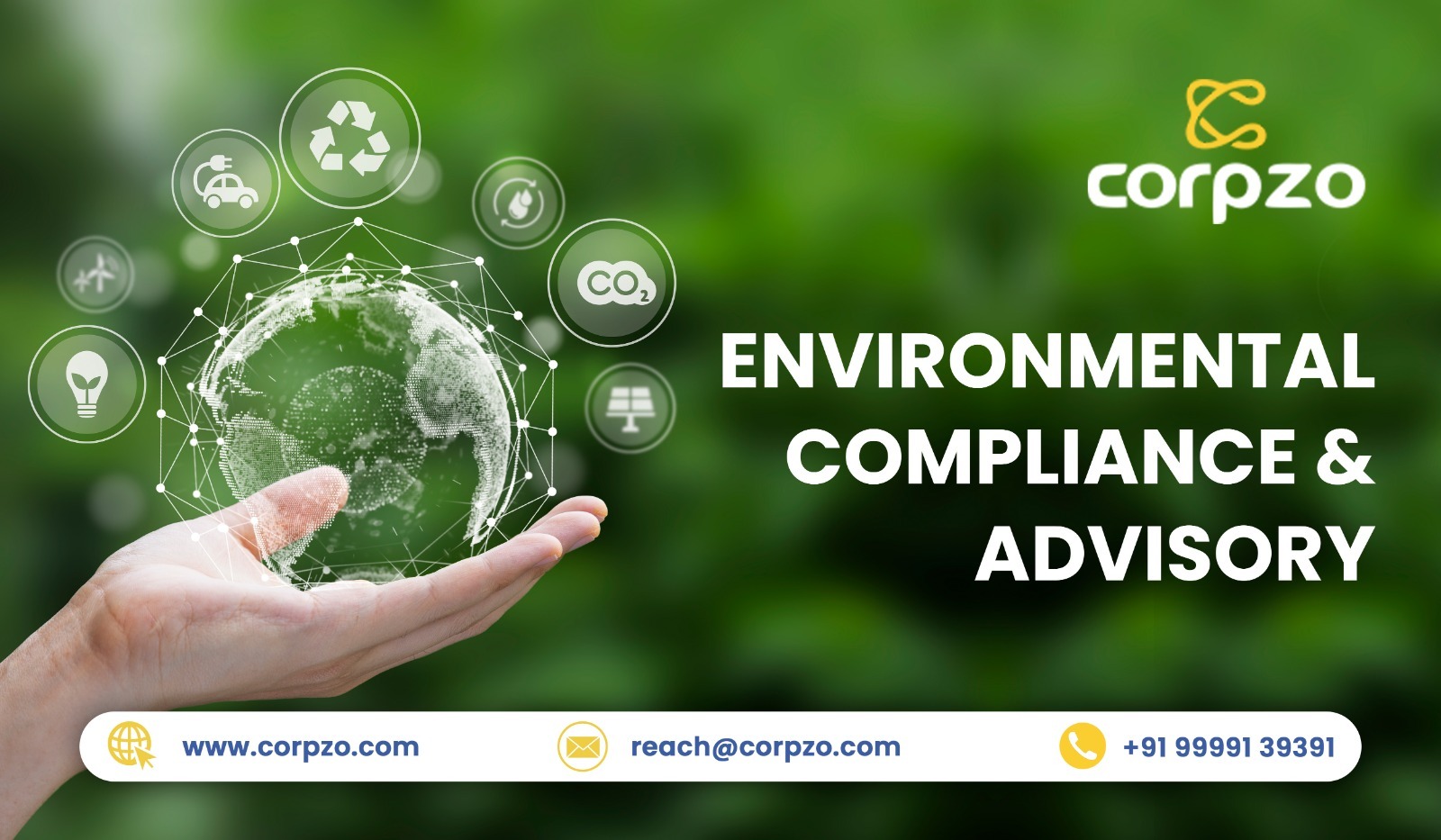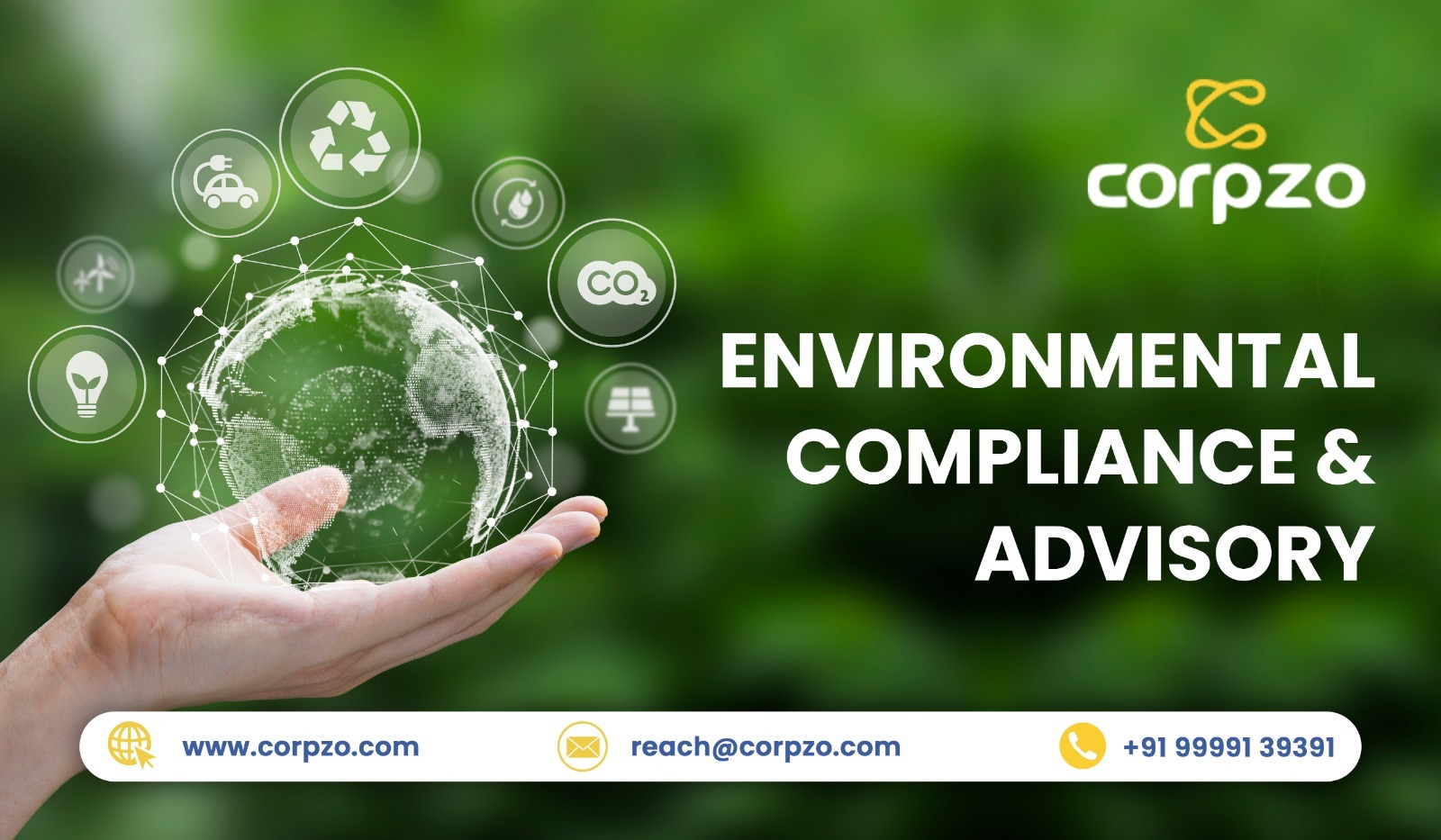

INTRODUCTION:-
Greenhouse is a place which is built for the plants to grow which is entirely made of glass with a glass roof so that sunlight can penetrate through glass panels as it is important for plants to get an adequate amount of sunlight to grow and greenhouses are the most suitable place for the plants as it keep them warm and heat create a sustainable environment for them. This whole process is known as the greenhouse effect.
Same happen with earth sunlight reaches the earth as because of the existence of some gases in atmosphere absorb some radiation of sun which turn prevent the heat to escape and ultimately increase the temperature.
Gases responsible:-
- Methane (CH4)
- Carbon Dioxide(CO2)
- Water Vapour(H2O)
- Ozone(O3)
- Nitrous Oxide(N2O)
- Chlorofluorocarbons (CFC)
Because of human intervention and the advent of commercialised areas these gases are getting trapped which causes global warming on the other hand these greenhouse gases pose overall benefits. India is taking initiatives by formulating a few environmental regulations to contain the emission of greenhouse gases. Some laws laydown to formulate strict provisions:-
- The Wildlife Protection Act, 1972
- The Water and Prevention Control of Pollution Act,1974
- The Air Act 1981
- The Ozone Depleting Substances Rules, 2000
- Coastal Regulation zone notification 2018
- The Energy Conservation Act, 2001
- Biological Diversity Act, 2002
- Schedule Tribes and Other Traditional Forest Dwellers Act,2006
- The National Green Tribunal Act, 2010
- Compensatory Afforestation Fund Act, 2016
SOURCES OF GREENHOUSES GAS:-
- Normal wellsprings of GHGs are volcanos, respiration processes by living entities, and so on.
- The measures of GHGs are adjusted in the environment normally by numerous biochemical, substances and physical cycles like regular sinks that take-up CO2, for example earthly vegetation
- human activity and the industrial revolution skyroted the atmospheric concentration of greenhouse gases.
- Burning of natural gas, fossil fuels, petroleum and coal are the main reasons for increasing carbon dioxide in the atmosphere.
- Carbon dioxide levels have also risen as a result of urbanisation, deforestation, and soil erosion.
IMPORTANCE OF NET ZERO EMISSION:-
Global governments agreed in the 2015 Paris Agreement that global warming should not exceed 1.5°C above pre-industrial levels and should be well below 2°C.Within a predetermined time frame, it will be necessary to significantly reduce emissions of greenhouse gases like CO2 in order to limit this warming. That is where net zero comes in; We can significantly reduce the harmful emissions that contribute to global warming by ensuring that the amount of greenhouse gas emissions that are removed from the atmosphere is equal to the amount that is released into it.
The 2021 Glasgow Environment Settlement, COP26 environmental change gathering, perceived that arriving at net zero discharges by 2050 is fundamental and the way to keeping temperatures to 1.5°C of warming, and all nations included swore to seek after this breaking point.
Countries that are on the road to achieving net zero are:-
- UK
- Germany
- France
- Switzerland
- New Zealand
- Iceland
- Austria
- Spain
- Denmark
MAJOR GOALS:-
- Between 2044 and 2052 carbon dioxide(co2) and GHG emission must reach net zero between 2063 and 2068 and it restricts global warming to 1.5 degree celsius.
- Because of human activities GHG which releases in the atmosphere need to be reduced and counterbalanced the environment this process is known as carbon removal.
- These can be achieved by restoring forest, or using Direct Air Capture and Storage (DACS) technology
CHALLENGES:-
- Currently no clear sectoral, benchmarks, short- term milestones in India.
- New process which aims at progress without causing any secondary damage.
- When a nation is home to some polluted cities, the need for this system will arise.
- Upcoming technology and financial funds are the major problem for India to implement this idea.
- Coal power plants are the reason for GHG production around 68%.
How Can nations strive to acheive NET ZERO EMISSIONS?
With the growing climate crisis, countries worldwide are grappling with a pressing question: How can we reach net-zero emissions? Achieving this feat involves an intricate balance of sustainable practices, technological innovations, and policy adjustments. This post outlines some key strategies for countries aspiring to reach net-zero emissions.
Energy Transition
One of the first and most impactful steps towards net-zero is transitioning from fossil fuels to renewable sources of energy. Solar, wind, hydroelectric, and geothermal power are not only inexhaustible but also emit little to no greenhouse gases. Governments must prioritize policies and investments that support this transition and increase the resilience of their power infrastructure to accommodate these new energy sources.
Energy Efficiency
In addition to shifting energy sources, it's crucial to improve energy efficiency in buildings, transportation, and industrial processes. This includes implementing stricter efficiency standards and promoting energy-saving technologies. High-efficiency appliances, electric vehicles, green building materials, and industrial waste heat recovery can drastically reduce a country's energy demand and corresponding emissions.
Carbon Capture and Storage
Technologies that capture and store carbon dioxide (CO2) can help offset emissions that can't be eliminated. These include CO2 absorbent materials, direct air capture, and even reforestation and afforestation efforts. While these technologies can't replace emission reduction efforts, they offer a valuable tool in the path to net-zero.
Policy and Regulatory Changes
Achieving net-zero emissions requires strong governmental leadership and policy initiatives. Countries must set ambitious yet achievable climate goals and enforce regulations that promote sustainable practices. Financial incentives such as subsidies for renewable energy projects and carbon pricing can encourage both businesses and individuals to reduce their carbon footprint.
Public Awareness and Education
Lastly, public awareness and education play a crucial role in achieving net-zero emissions. Governments, schools, and media need to work together to educate the public about the climate crisis and the importance of sustainable practices. When individuals understand the impact of their actions, they are more likely to make sustainable choices.
Achieving net-zero emissions is a colossal task, but not an impossible one. It requires the concerted effort of governments, businesses, and individuals worldwide. By making the right choices now, we can pave the way for a sustainable future, ensuring our planet remains habitable for generations to come.
At Corpzo, we firmly believe in the importance of sustainability and are committed to helping our clients make strategic, sustainable decisions that not only benefit their business but also contribute positively to our planet.

